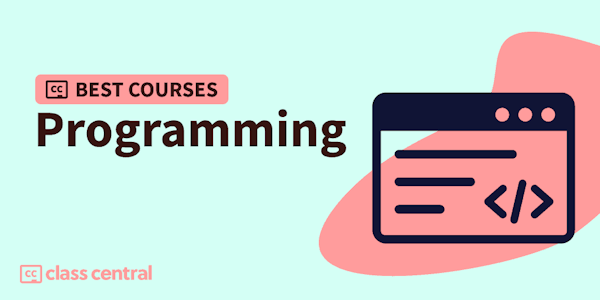Welcome to this course!
Since the day the digit was born, there has been calculation. Nowadays, computing is everywhere. The ubiquitous computing devices, computer network and communication have completely changed the living habits of human beings for thousands of years. People hope that through ubiquitous computing, they can get the services they want anytime and anywhere. The important carrier of providing these services or computing is the computer and the network that connects various computing devices together.
We have a computer in mobile phone, we use computers in most household appliances such as washing machines and refrigerators, and we also have computers in our cars. Robots working in many high-intensity and dangerous jobs are controlled by computers. In addition, we can use WeChat, QQ, Skype, Email and other instant messaging tools or software to keep in touch with friends around the world. As the old saying goes, “A scholar, without going out, can know the affairs in the world.” We can access various information through search engines such as Baidu and Google. All of this is aided by computers and internet all over the world.
Computer has become an indispensable part of human life. No matter what major you are studying, and no matter what job you are or will be engaged in, the computer wi1l certainly accompany you every day and become an indispensable partner and assistant in your life and work. Therefore, understanding the computer, mastering the basic ideas and methods of using computers to solve problems will definitely bring unlimited convenience to your study and research.
How this course will benefit you
As an introductory course for learning computers, this course will help you get a basic understanding of computer hardware and software systems, and lay the foundation for you to become a good programmer or a good computer control system designer in the future.
The course content includes: Turing Model and computer composition, information representation and coding, Von Neumann structure, operating system foundation, network technology and application, and programming.
A variety of smart devices are generating a lot of data at all times. How to dig out useful information from massive data is the basis for realizing artificial intelligence. This course will introduce you to some basic knowledge of Big Data, Cloud Computing and Artificial Intelligence, to help you have a preliminary understanding of these “nouns” in the AI era.
Through the study of this course, you will clearly know:
1) What problems can or can not be solved by the computer? It’s necessary for you to first understand the computer’s capabilities and service scope in general.
2) What is the internal structure of computer? How does it work? Why can you open multiple “windows” on your computer simultaneously? How the various documents we write are represented and stored in the computer? Since all the information in the computer is stored on the hard disk, why do people still hope that the larger the memory, the better?
3) How is the information on the network transmitted? Why can we get in touch with people all over the world through the Internet?
4) What kind of components are computers constructed of? How is it constructed? It will help you to master ideas and methods for bottom-up system construction, which will be important for your future system design.
5) What is a program? What kind of program is a good program? What programming languages are widely used in the current AI era? What are their features?
In short, the main goal of this course is to open the door to computers for you, to show you the mysterious organizations inside computers that you may not have seen and how they work. It will lay the foundation for you to further master the basic ideas and methods of using computers to solve problems.
How do you know what you know?
The course will help you understand your learning status anytime in the following ways:
1) Questions. At the beginning of each week, questions will be given to guide you to understand the course. These questions are also the homework you must complete after learning this chapter.
2) Lecture Practices. In the middle or at the end of each lecture, there will be at least 1 or 2 simple test questions to check whether you are clear about what you just learned.
3)Unit Tests. After the weekly study, homework and unit tests will be given to test your understanding.
4) Discussion and Q&A. During your study, you can get help through online Q &A discussion. You can also answer other learners’ questions online.
Certificate:
If you meet the requirements of the course through video learning, taking tests and finishing assignments, you can apply for a certificate signed by the course instructor. There are two types of certificates: Certificate of Completion and Certificate of Excellence.
Total score = weekly unit test (60%) + final exam (40%)
60-79 points: Completed
80-100 points: Excellent

